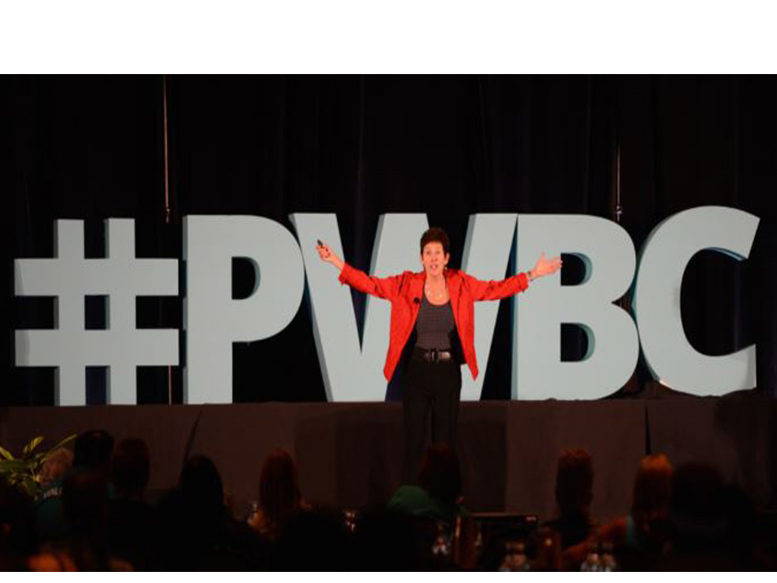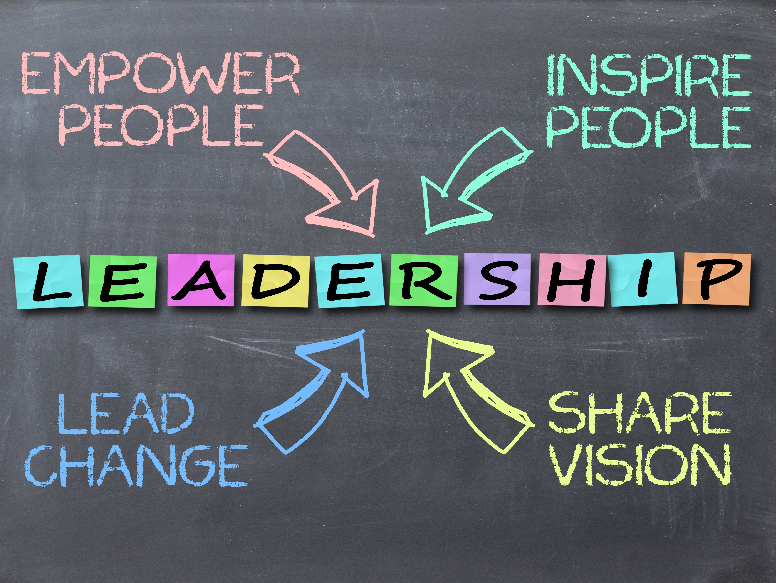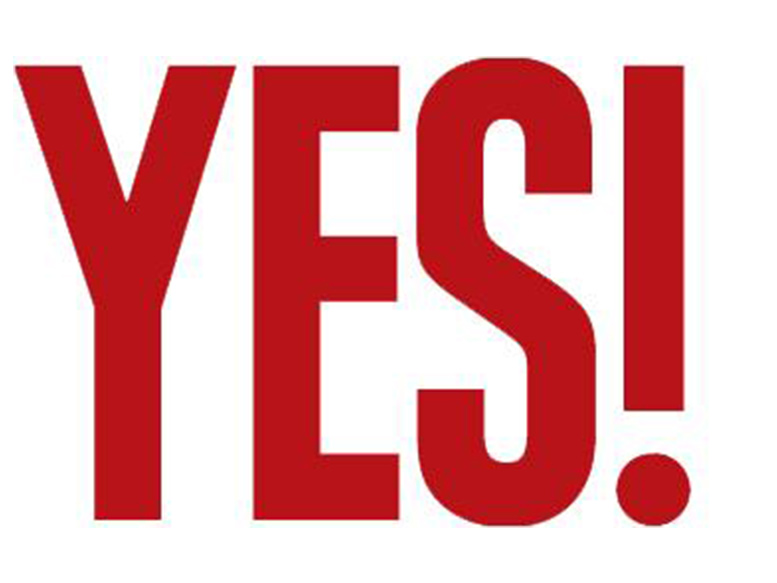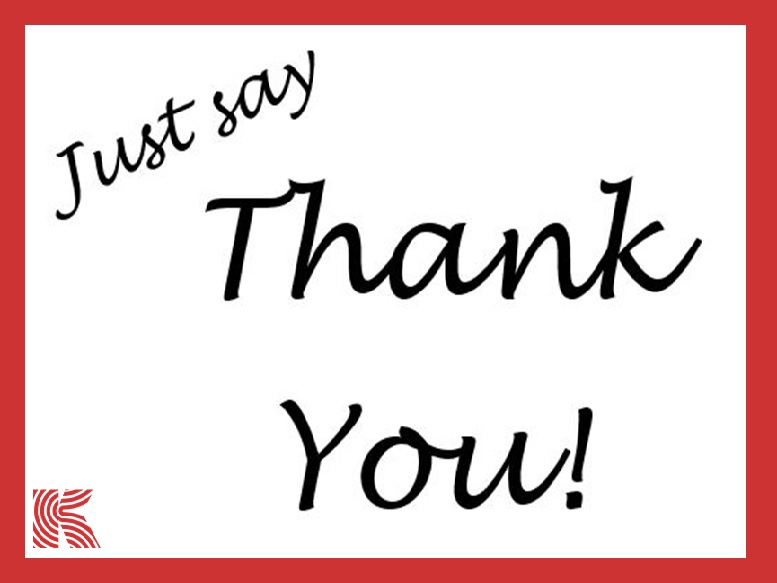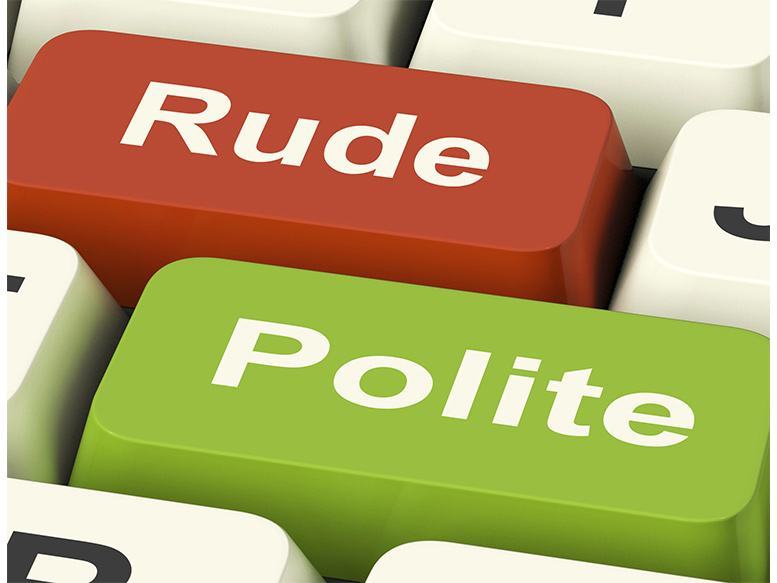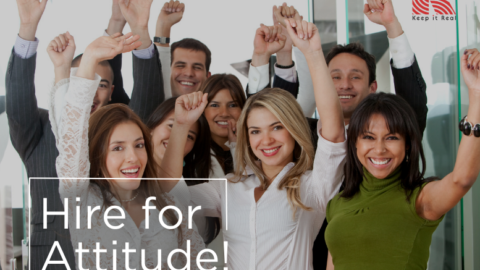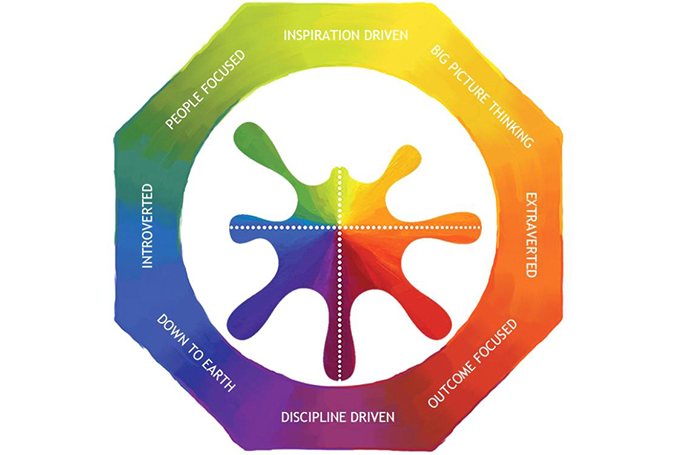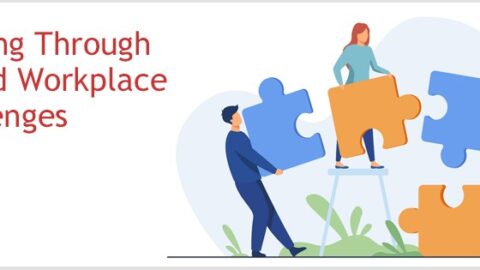We all know that body language has a huge impact on our face-to-face communications. Our facial expressions, head nods, and body posture can influence whether the other person thinks we are sincere, are listening, and/or are telling the truth.
Generally, we think of body language, or nonverbals, in relation to how we communicate with others. But how does it impact our communication with ourselves? Does your body language make a difference in how you think and feel when you’re – in a group of strangers, feeling unprepared or unworthy in the face of a new challenge, or standing before a group of 200 people about to deliver an important presentation?
Social psychologist Amy Cuddy, who teaches leadership at Harvard University, says it does. In her TEDTalk, “Your body language may shape who you are,” Cuddy describes how our bodies affect our thinking and our thinking affects our behaviors. If we adopt a “power pose” we are more likely to feel confident and capable, overcoming the anxiety that may be associated with a new or unfamiliar situation. She expands on this theme in her talk, and in her recently published book, Presence, with examples of her research and her personal story.
And…she shares how adopting a power pose for just two minutes can alter how you feel about yourself and how you approach a challenge.
Professor Cuddy describes the typical body postures of people who tend to feel powerful, either naturally, or in the moment. High power poses “are about expanding. You make yourself big, you stretch out, you take up space.” She gives the example of athletes who win at competition – “When they cross the finish line and they’ve won…the arms go up in a V and their chin is slightly lifted.”
We all saw this recently in the iconic image of US Women’s Soccer Team co-captain Megan Rapinoe.
When we feel powerless, on the other hand, we do the opposite. In low power poses we close up. We make ourselves small. We adjust ourselves to get out of other people’s way. Visualize someone hunched over their desk, or sitting with their arms and legs crossed, or always moving to the back in group photos.
In one research study, Cuddy and her team found that when participants adopted a high-power pose for just two minutes their “confidence” hormone (testosterone) levels increased and their “anxiety” hormone (cortisol) levels decreased. It was the opposite for participants in the low power pose group.
So, the next time you’re anxious about a situation – an interview, first day on a new job, delivering an important presentation – try this: stand in front of a mirror and adopt a high-power pose, shoulders back, open stance, chin up. Hold that pose for two minutes.
And then, go get ‘em.
Till next time,
Karen

